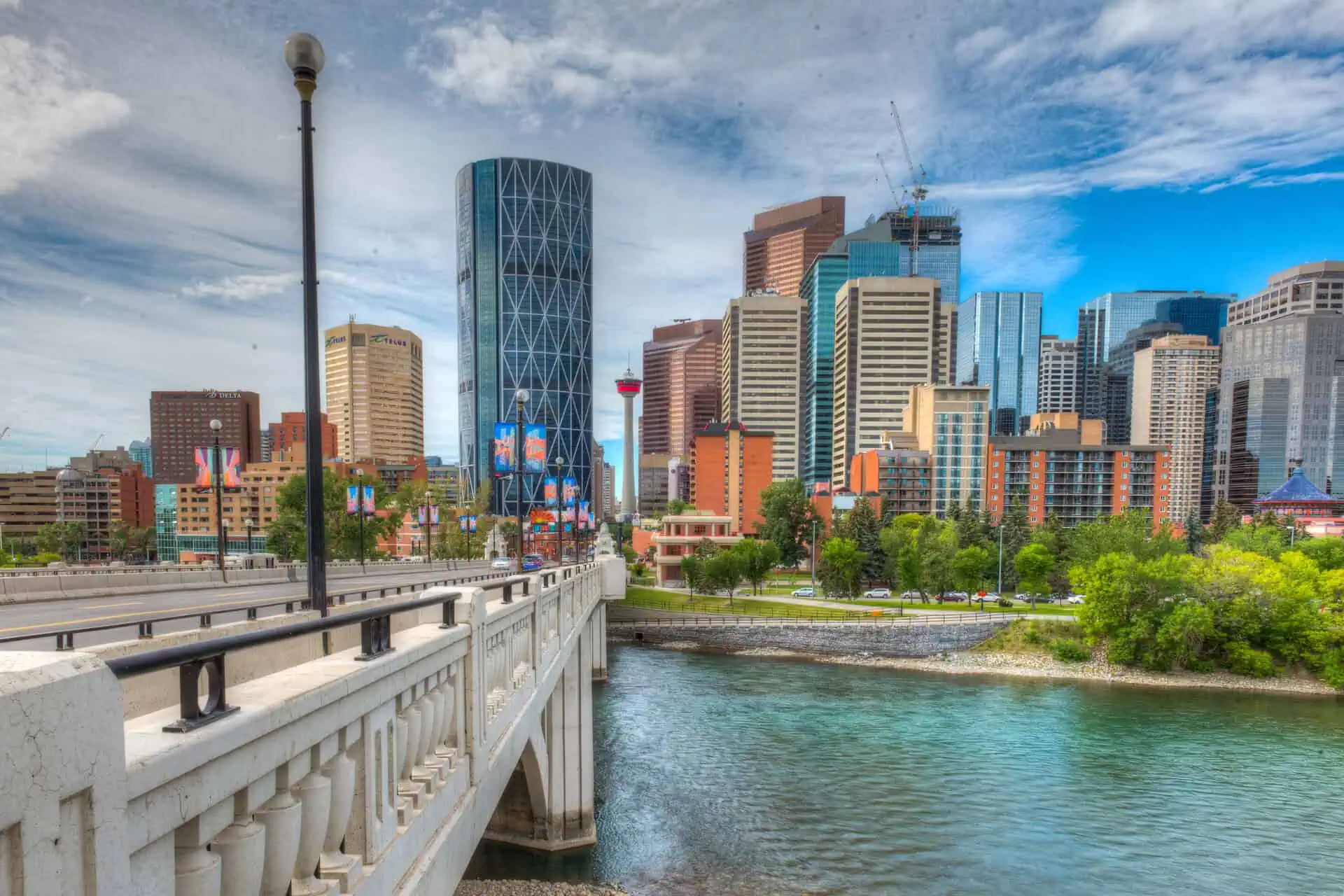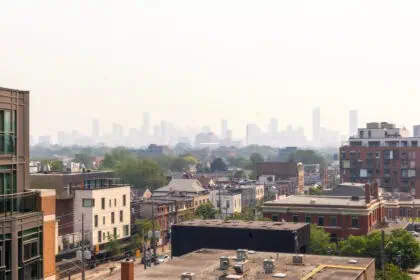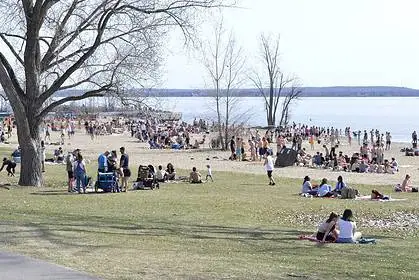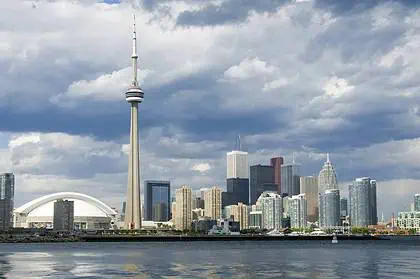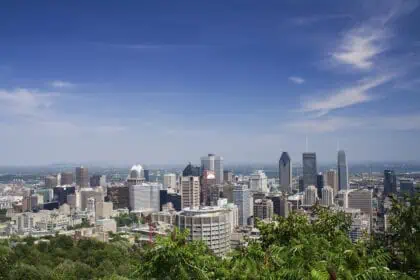 Unprecedented thunderstorm lashes Edmonton with near-historic winds
Unprecedented thunderstorm lashes Edmonton with near-historic winds
A violent thunderstorm tore across Edmonton on Thursday evening, unleashing wind gusts that reached a staggering 129 km/h (80 mph). This marks the second-strongest wind event ever recorded in the city’s history, surpassed only by a storm in October 1965, when gusts peaked at 146 km/h (91 mph). The storm’s ferocity triggered an emergency alert and widespread destruction across the metropolitan area and its surroundings.
Atmospheric setup: the engine behind the storm
According to Environment and Climate Change Canada (ECCC), the system formed from a deep low-pressure centre paired with a sharp cold front—a common summer feature in Alberta, but rarely with such intensity. Alysa Pederson, a meteorologist with ECCC, confirmed this was an exceptional event, meriting a broadcast intrusive alert—the highest tier of public warning, reserved for extreme danger.
Airports, homes and trees bear the brunt
The storm struck quickly, hitting the Edmonton International Airport at approximately 7:15 p.m. (MT). Within minutes, winds shattered windows, damaged buildings, and sent debris flying across multiple lots. Erin Isfeld, the airport’s corporate communications manager, reported that although structural damage was visible, no injuries occurred. Operations paused temporarily, with four flights rerouted to Calgary. Departures resumed within the hour.
Airport officials had brief advance warning, allowing time to usher travellers inside the terminal and close vulnerable ramps. “It lasted only about four minutes,” said Isfeld, emphasizing the rare nature of the storm. “We haven’t seen winds like that here in 60 years.”
Urban forestry overwhelmed, property damage widespread
In residential districts, trees were torn from the ground or snapped in half, inflicting damage on homes, vehicles, and power lines. Kolton Canning, owner of Trusty Tree Services, said calls have been non-stop since the storm passed. His crews are working around the clock to remove hazardous fallen trees, including a 21-metre pine that crashed onto a house.
The most affected zones include Brookside, Sherwood Park, and Fort Saskatchewan, where evergreen species such as pines and spruce caused serious damage to sheds, fences, and cars.
Power disruptions and safety concerns
Epcor, the region’s utility provider, reported four power outages affecting 37 customers. Power was restored by the end of the night. However, authorities are urging the public to stay at least 10 metres from any downed power lines or branches entangled with live wires. Any sightings should be reported immediately to 911 or to Epcor, who dispatch crews with specialized safety equipment to manage the hazard.
Winds of the future: climate patterns shifting
Pederson, of ECCC, underscored the increasing frequency and severity of extreme weather events in northern Alberta. “We’re seeing the impacts of climate change across Western North America,” she explained. Warmer atmospheric conditions allow more moisture retention, which intensifies thunderstorm development and amplifies wind extremes.
This Thursday’s storm is a harsh reminder that even urban centres like Edmonton are not immune to the evolving climate risks manifesting in more intense summer weather.

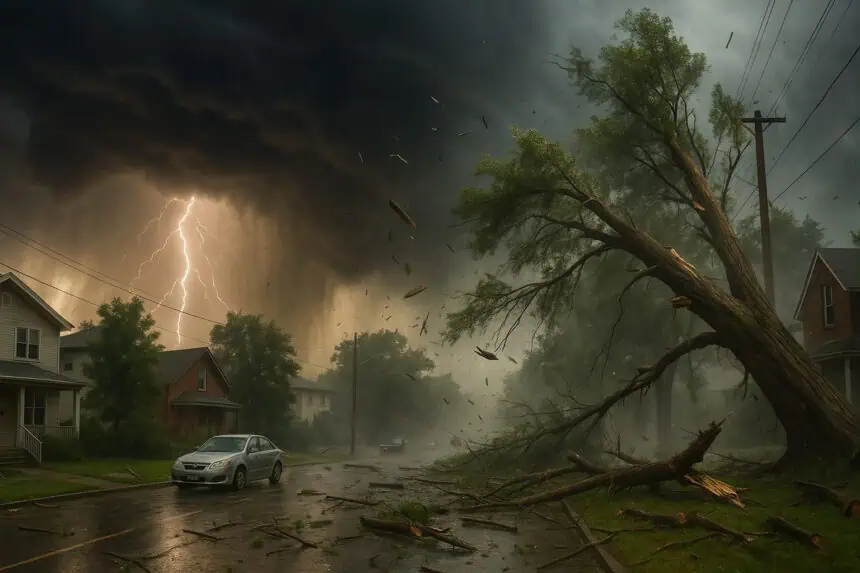
 Unprecedented thunderstorm lashes Edmonton with near-historic winds
Unprecedented thunderstorm lashes Edmonton with near-historic winds
